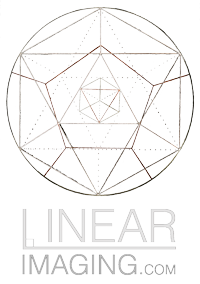Preface: Arrival
Blank expressions were exchanged, perhaps a sigh or two released. The choice to arrive well after the sun had set over the smooth purple sea, suddenly seemed like a terrible idea. The hosts had warned us but we had insisted we would be ok since I (Linnea) had been there before and we felt confident in our capability to negotiate “rustic” accomodations. Sunset view of Kailua Kona from our deck, on the hill side of Mauna Loa. The rental vehicle skidded to a final halt on the treacherous muddy slope. Distance to final destination: at this stage yet unknown. Degree of safety leaving...
Read more...

